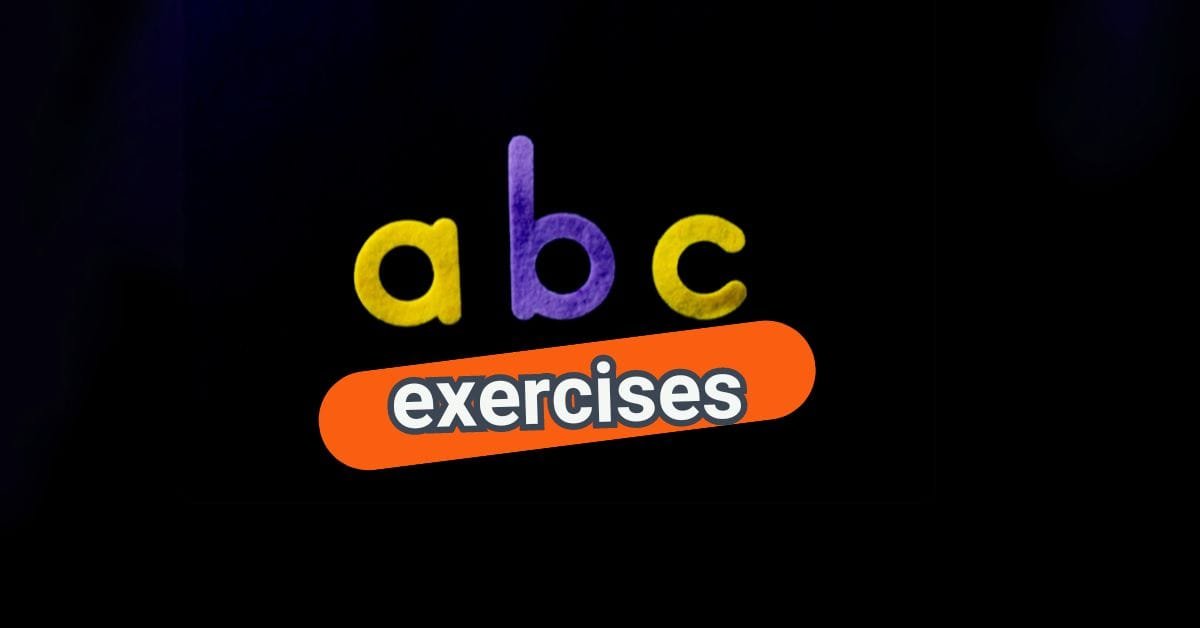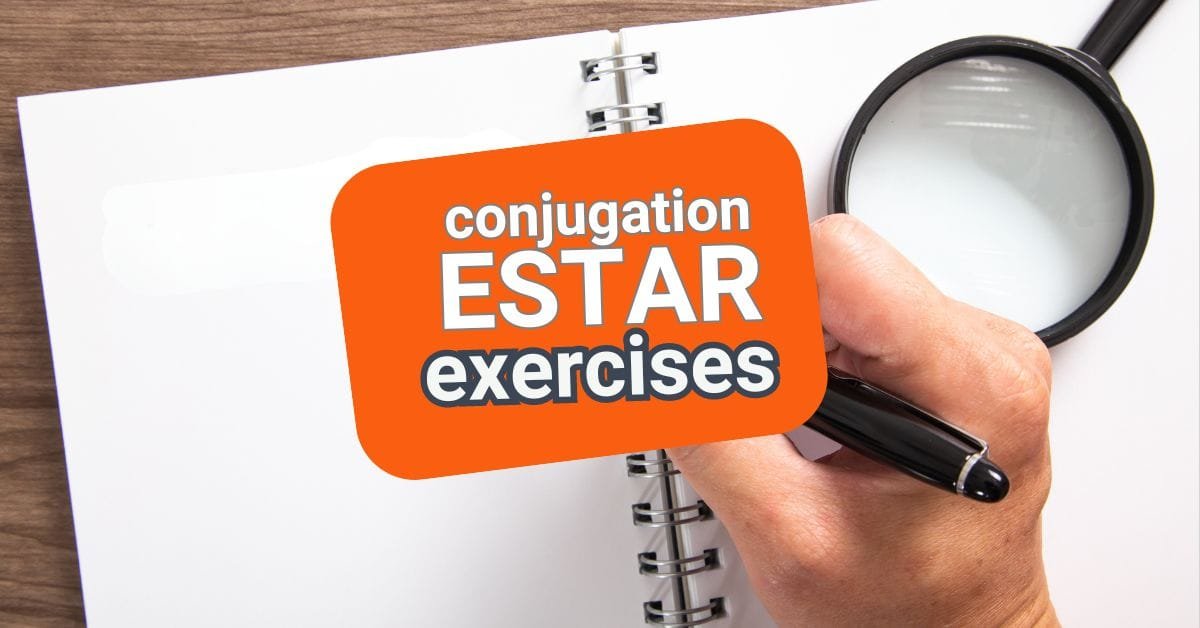Understanding how to talk about daily routines is one of the first practical skills you’ll need when learning Spanish. From talking about when you wake up to how you spend your evenings, it all matter. This is especially important when talking with native speakers. Mastering these everyday expressions gives you the ability to describe your life, ask about others’ routines, and hold meaningful conversations.
This post features a listening activity based on Erica, a native Spanish speaker, who walks you through her typical day. It’s an ideal exercise for beginner and intermediate learners who want to practice daily routine vocabulary, reflexive verbs, and listening comprehension in a natural and engaging way.
Listening Exercise: A Day in Erica’s Life
In this activity, you’ll listen to a short audio recording of Erica narrating her daily routine in Spanish. Your goal is to understand the flow of her day, identify key vocabulary, and improve your comprehension skills. This exercise mimics real-life conversations and helps train your ear to follow native Spanish rhythm, pronunciation, and grammar patterns.
Objectives of this Exercise
By completing this activity, you will:
- Practice common daily routine verbs and activities in Spanish.
- Improve your listening comprehension in a familiar and useful context
- Learn daily routine Spanish vocabulary.
- Develop confidence to interact in real-life situations.
- Build confidence in understanding and discussing your own daily routine.
- Learn the correct use of reflexive verbs and pronouns.
- Train your ear to recognize spoken Spanish at a natural pace.
Whether you’re preparing for a Spanish oral exam, planning a trip, or just looking to improve your day-to-day fluency, this exercise is a fun and practical way to build your skills.
Key Daily Routine Vocabulary in Spanish
Before you start the audio, take a few minutes to review the most important vocabulary you’ll hear in the recording. These verbs are often reflexive, meaning the subject performs the action on themselves. You’ll also encounter other action verbs that are essential in daily conversations.
| Spanish Verb | English Meaning | Type |
|---|---|---|
| Despertarse | To wake up | Reflexive |
| Levantarse | To get up | Reflexive |
| Ducharse | To take a shower | Reflexive |
| Vestirse | To get dressed | Reflexive |
| Desayunar | To have breakfast | Non-reflexive |
| Salir | To go out / leave | Irregular |
| Caminar | To walk | Regular |
| Regresar | To return | Regular |
| Cenar | To have dinner | Non-reflexive |
| Relajarse | To relax | Reflexive |
| Acostarse | To go to bed | Reflexive |
Make sure you’re familiar with both the infinitive forms and their conjugated forms in the present tense, especially when using reflexive pronouns like me, te, se, nos, os, se.
Instructions for the Listening Activity
- Listen to Erica’s narration about her daily routine. Try to understand the general flow of her day first without stopping the audio.
- Play the recording again, and this time, fill in the blanks in the transcript with the correct Spanish words or phrases.
- Use context clues from what you already understand and your knowledge of daily routine vocabulary.
- Pay close attention to:
- Verb conjugations (especially irregular and reflexive verbs)
- Pronunciation patterns
- Time-related phrases (por la mañana, después de, antes de, etc.)
- Replay the audio as many times as needed. Listening multiple times will help reinforce what you learn.
Audio (daily routine in Spanish)
Listening Fill-in-the-Blank Exercise
Why This Exercise Is Important
Discussing daily routines in Spanish is not just useful — it’s foundational. These are the kinds of topics that come up in beginner conversations, placement tests, and day-to-day interactions.
Learning how to describe your day helps you:
- Talk about your habits and routines
- Ask others about their schedules
- Make plans and describe actions in sequence
- Get used to natural sentence structure in Spanish
- Gain fluency with high-frequency vocabulary and verbs
Plus, because these actions are personal and familiar to you, it’s easier to internalize the language when you’re talking about your real life.
Practice Tips
Repeat the audio while reading along with the transcript.
Try to shadow the speaker by repeating the words at the same time she says them.
Record yourself narrating your own daily routine in Spanish using similar vocabulary and structures.
Use flashcards or apps to reinforce the reflexive verbs from this list.
Practice writing full sentences like: “Me despierto a las 7:00, pero me levanto a las 7:30.”
Daily routine in Spanish. Final thoughts
Mastering how to talk about your daily routine is one of the most practical and achievable goals for Spanish learners. By working through listening activities like this one, you’re not only building vocabulary but also training your ear, improving your pronunciation, and preparing yourself for real conversations in Spanish.
So, whether you’re brushing up on reflexive verbs or just getting started, this kind of routine-based listening practice is an excellent way to build a solid foundation. Keep listening, practicing, and speaking — your Spanish will improve every day. Regular practice with such activities will build a strong foundation for more advanced conversations.
Other resources
Once you’ve completed this exercise, continue your Spanish journey with more practice from our library:
Listening Practice: Ordering Food in Spanish
Vocabulary Drill: Common Travel Phrases
Conjugate “Estar” in Present Tense
🎥 Visit our YouTube channel for more listening exercises and Spanish learning content.


